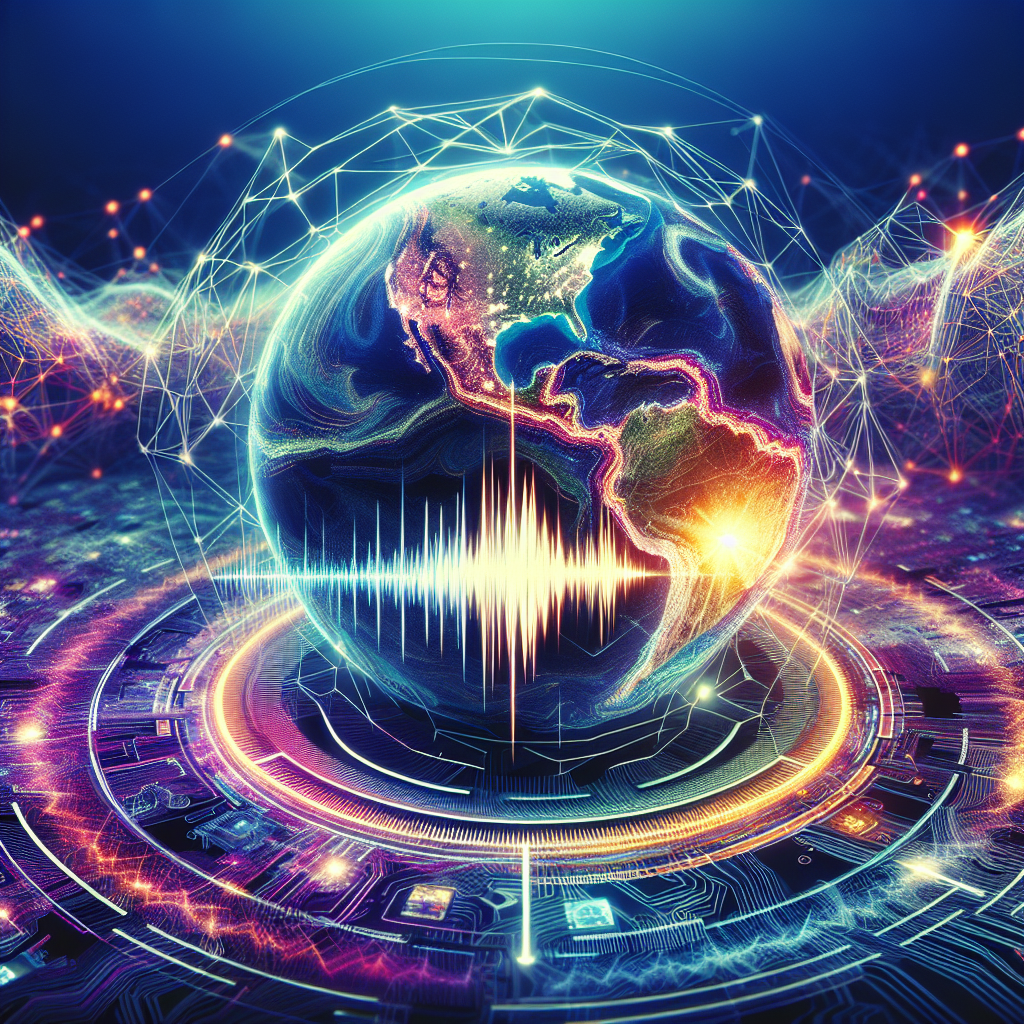Introduction to AI in Earthquake Prediction
Earthquakes are among the most devastating natural disasters, capable of causing extensive damage and loss of life. Traditional methods of predicting earthquakes have largely been unsuccessful due to the complex nature of tectonic movements. However, the advent of artificial intelligence (AI) has opened new possibilities in this field. The question now arises: Can earthquakes predicted by AI become a reality?
The Current State of Earthquake Prediction
Traditionally, seismologists have relied on historical data and physical sensors to understand seismic activities. These methods, while useful for studying earthquakes, do not provide precise predictive capabilities. The unpredictable nature of seismic events, coupled with their complex geological underpinnings, makes forecasting exact times and locations extremely challenging.
How AI Can Revolutionize Earthquake Predictions
The integration of AI into seismology could drastically change how scientists predict earthquakes. AI algorithms are capable of processing vast amounts of data much faster than human capability, which can include seismic data, geological maps, and historical earthquake records. Machine learning models, a subset of AI, can identify patterns in this data that might elude human researchers.
One promising approach is the use of neural networks, which can continuously learn and improve from new data. Researchers at institutions like Stanford University and the Massachusetts Institute of Technology have already begun employing AI to analyze seismic data with encouraging results. These AI systems can potentially forecast seismic activity with greater accuracy by learning from each recorded earthquake.
Real-World Applications and Successes
Some regions prone to earthquakes have started to implement AI technologies to enhance their predictive efforts. For example, in countries like Japan, where earthquakes are a frequent occurrence, AI systems are being used to analyze seismic activity and provide early warnings to residents.
Moreover, Google and Harvard have collaborated on a project using machine learning to predict aftershock locations after a major earthquake. Their model, although still in the experimental phase, has shown that AI can potentially predict aftershocks more accurately than existing models.
Challenges and Limitations
Despite the potential benefits, there are significant challenges in using AI for earthquake prediction. AI models require extensive and high-quality data to function effectively. In areas where seismic instruments are sparse or historical data is lacking, these models might be less accurate or even unfeasible.
Additionally, AI systems are only as good as the data they are trained on. Inaccuracies in historical earthquake data can lead to errors in prediction, potentially causing false alarms or missed warnings. There is also the ethical consideration of reliance on AI predictions, which could lead to complacency in disaster preparedness.
Looking Ahead: The Future of Earthquake Prediction with AI
As AI technology advances and more geological data becomes available, the accuracy of earthquakes predicted by AI is expected to improve. This could lead to better disaster preparedness and significantly reduce the risks associated with earthquakes.
Researchers continue to refine AI models, and as these systems learn from new seismic events, their predictive capabilities will only enhance. The future of earthquake prediction looks promising, with AI leading the charge towards a safer and more prepared society.
In conclusion, while the prediction of earthquakes using AI is still developing, its potential to save lives and mitigate disaster risks is undeniable. As technology and data collection improve, we may soon see a world where the devastating impact of earthquakes can be substantially diminished through advanced AI-driven forecasts.


